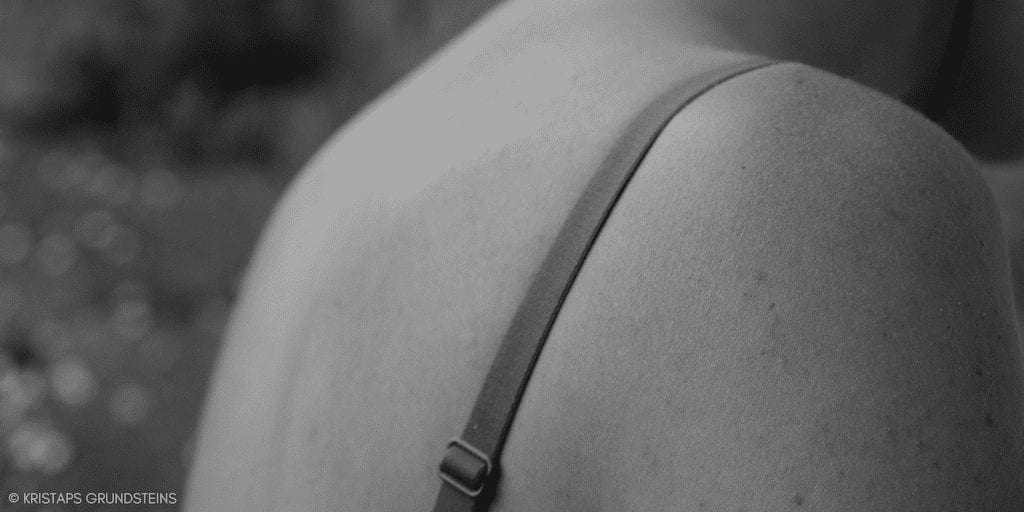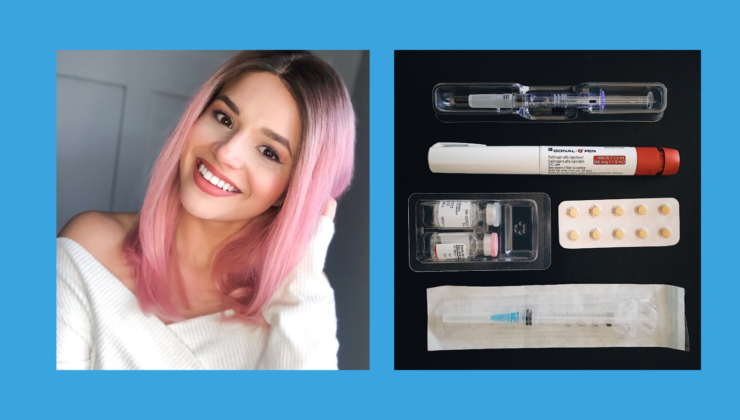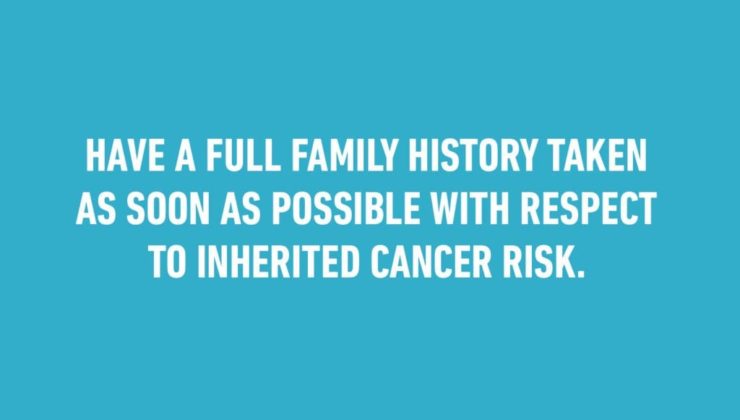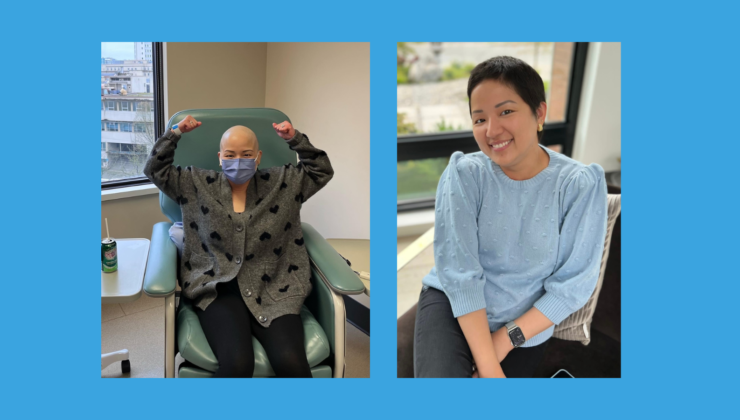What You Need To Know About Breast Density + Cancer

We talk about mammograms a lot in the breast cancer conversation. And rightfully so because they’re important and they can be a life-saving diagnostic tool. But what happens when mammograms are not enough?
Breast density is important to the breast health conversation because dense breasts can’t be screened with a mammogram alone. Maybe you have dense breasts yourself or maybe you’ve never even heard the term before, but in the spirit of becoming more breast aware, here are the answers to four common questions about the topic.
Breast Density 101

Breast density occurs when the breast has greater amounts of connective and milk duct tissues, making it more difficult to screen using a mammogram. In most cases breast density is a genetically inherited characteristic. However, since breasts usually get more fatty as you age, pre-menopausal women under 40 often have dense breasts. Breast density is typically placed into four categories known as a “density score.” It goes like this:
Class A (or 1): Fatty
The breasts are almost entirely fatty, with less than 25 percent dense breast tissue.
Class B (or 2): Scattered fibroglandular density
There are scattered areas of density (about 25-50 percent), but most of the breast tissue isn’t dense.
Class C (or 3): Heterogeneously dense
There is anywhere from 51-75 percent dense breast tissue.
Class D (or 4): Extremely dense
Occurs when there is 75 percent or more dense breast tissue. This is the highest level of breast density,
Breast Density + Risk

Just like having big breasts don’t mean you will get breast cancer, having dense breasts doesn’t guarantee you will get cancer either. However, studies do show that women who have more than 75 percent dense breast tissue have an increased risk of developing the disease. Most breast cancers form in the connective and milk duct tissues (which dense breasts have more of) and it’s also much harder to detect cancer in dense breasts using a mammogram. Cancerous tumours can be hidden from imaging results because the dense breast tissue appears white, just like the tumours.
Breast Density + You

As mentioned before, the younger you are the more likely you are to have dense breasts. But, this isn’t guaranteed because genes do play a role too. Just another reasons why it’s important to know your family history when it comes to breast cancer.
You can’t find out about your breast density by touching your breasts because there’s actually no link between breast size, shape, firmness, or any other physical characteristic and breast density. The only way to find out if you have dense breasts is to do a mammogram. Depending on what province you live in and your age, you may need to request a mammogram. If you have had a mammogram, you can simply ask to see the results or whether it indicated dense breast tissue.
To find out whether density scores are included in mammogram reports in your province and/or how to request this information, click here.
Breast Density + Screening

Since mammograms aren’t always useful for women with dense breasts (except for telling them that they have dense breasts), additional screening might be an option if you are considered high risk for breast cancer. Doctors usually consider a woman’s density score and other risk factors, like family history, before suggesting additional screening. But if you are someone with dense breasts, here are some additional screening methods to discuss with your doctor:
MRI
A breast MRI (or Magnetic Resonance Imaging) is a more invasive form of breast cancer screening. It’s typically used for diagnosing breast cancer or screening women who are considered high risk for the disease.
To find out more about the procedure for breast MRI, click here.
Ultrasound
Breast ultrasound is a non-invasive procedure that uses sound waves to get images of the breast tissue. Ultrasound alone is usually not a good form of screening. However, combined with a mammogram or MRI, an ultrasound can help to get a more comprehensive look at the breast and its tissue. Still, some research has shown that while combining ultrasound with mammography can help detect more breast cancers in women with dense breasts, it has also led to more false positives.
To find out more about breast ultrasound, the process, and whether it might be a good option for you, click here.








